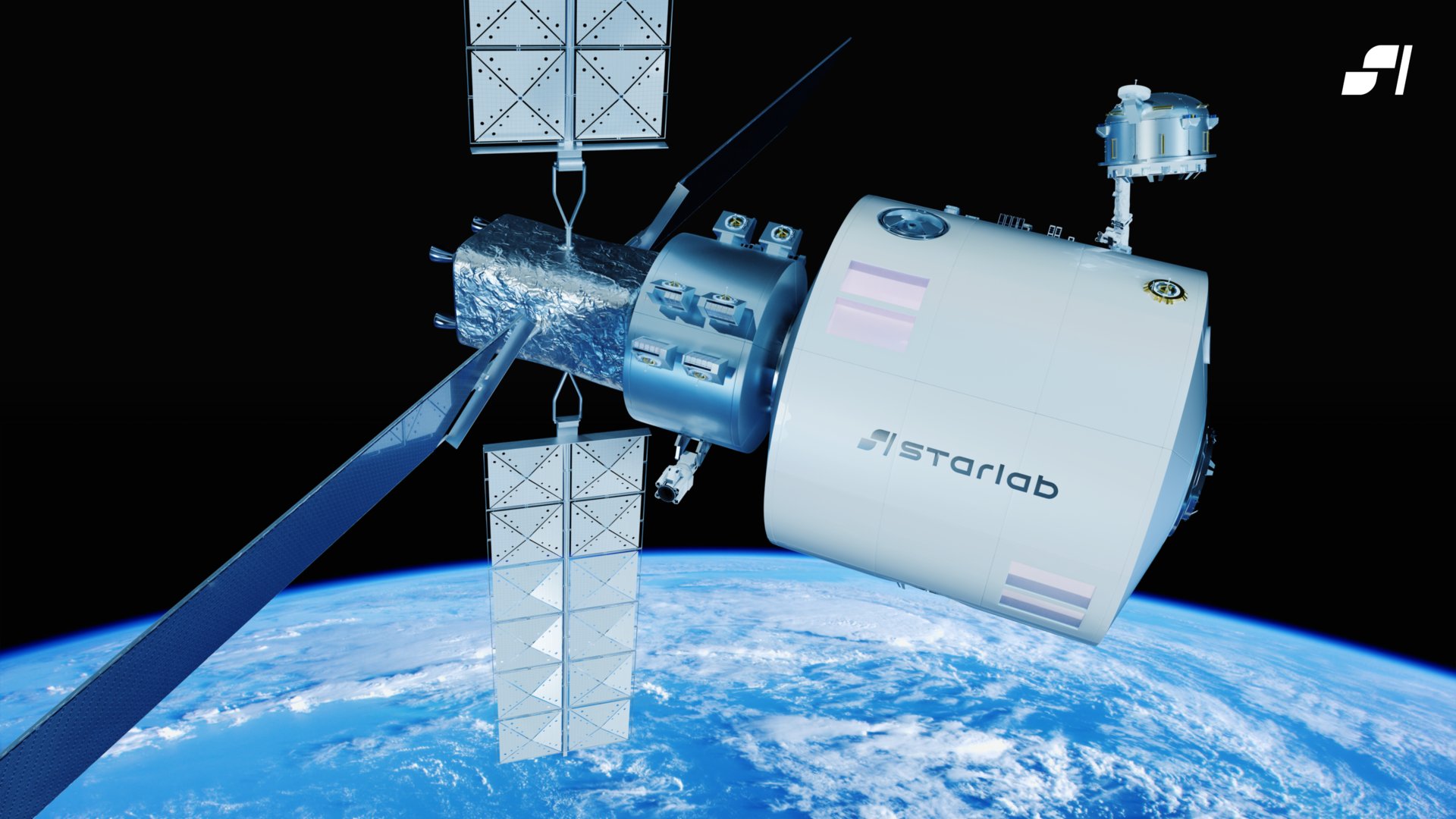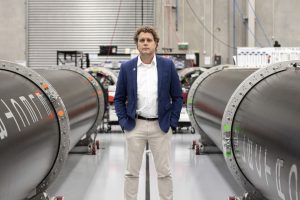ESA Signs Starlab MoU For ISS Successor
13th Nov 2023
The European Space Agency (ESA) has joined with Spain, Airbus and Voyager Space to deliver Starlab Space Station as the successor to the International Space Station (ISS). At ESA’s second Space Summit, 22 member states attended and discussed a range of topics that impact Europe’s space ambitions. One of these was Starlab. If realised, Starlab will equip Europe with new opportunities for in-space research outside ISS.
NASA has decided to discontinue the ISS by 2031 because the space station has exceeded its lifespan. Consequently, ESA will work alongside Starlab Space to develop a commercially led space station – designed to replace the ISS – for Low Earth Orbit (LEO) operation.
Josef Aschbacher, Director General of ESA, said in a statement: “ESA appreciates the transatlantic industry initiative for the commercial Starlab space station, and the potential that its strong European footprint holds for significant European industrial and institutional contributions to, and use of, said station. Our teams are looking forward to working closely with the Starlab teams here in Europe and in the US.”
Starlab Space Station
During the summit, ESA, Spain, Airbus, and Voyager Space signed a Memorandum of Understanding (MoU). ESA asserted the MoU: “outlines the parties’ intention to foster science and technology development and explore collaboration in low Earth orbit destinations.” Adding, Starlab is “intended to serve as a successor to the International Space Station”.
ESA outlined that the space station will underpin in-space commercial development and scientific and astronaut research missions. It will also support advancements in AI and robotics, cargo and crew transportation, and work as an “end-to-end system” for ESA and their member states.
With a launch planned for 2028, ESA claims “commercial operations” will begin in 2029. Starlab’s initial attention will be on Europe’s space access opportunities. ESA previously awarded three construction contracts to the likes of Blue Origin worth $415 million. And uniquely, Hilton – the hotel conglomerate – is designing Starlab’s suites and other facilities.
Replacing ISS

Once ISS – which has monopolised global space station LEO needs since 1998 – retires, Starlab is slated to be its replacement. Except for the ISS, China is the only other nation with an orbital space station. Ambitiously, ESA is aiming to establish Starlab as the main infrastructure for space station operations in LEO post-ISS by 2030.
To promote Starlab’s success, there will be a strong focus on commercial input and services. One of the MoU signatories, Airbus, facilitated the launch of many ISS bound spacecraft. In Particular, ESA’s Columbus laboratory module which has been hosted by ISS since early 2008.
What Else Was On The Agenda At ESA’s Space Summit?
While Starlab was a major milestone announcement arising from ESA’s Space Summit, many other issues were also discussed. Notably, Avio will be parting ways with Arianespace and ESA. The Italian space company will now oversee the progression of the Vega-C rocket independently. Additionally, attending ministers established a cargo delivery spacecraft competition for one commercial space company to build a returnable spacecraft that will deliver payloads to ISS.
Ariane-6 and Vega-C also faced mounting scrutiny for both rockets’ continuous delays. These setbacks have halted Europe’s independent access to space while placing more reliance on commercial launch providers. However, a saving grace was presented when France, Germany, and Italy pledged €340 million towards expediting Vega-C’s return and Ariane-6’s inaugural launch.



![[UPDATED] AX-3 Mission Successfully concluded The Axiom Space’s Longest Private Spaceflight [UPDATED] AX-3 Mission Successfully concluded The Axiom Space’s Longest Private Spaceflight](https://orbitaltoday.com/wp-content/uploads/2023/11/Liftoff_of_Axiom_Mission_3-300x169.png)



Thank you for your comment! It will be visible on the site after moderation.